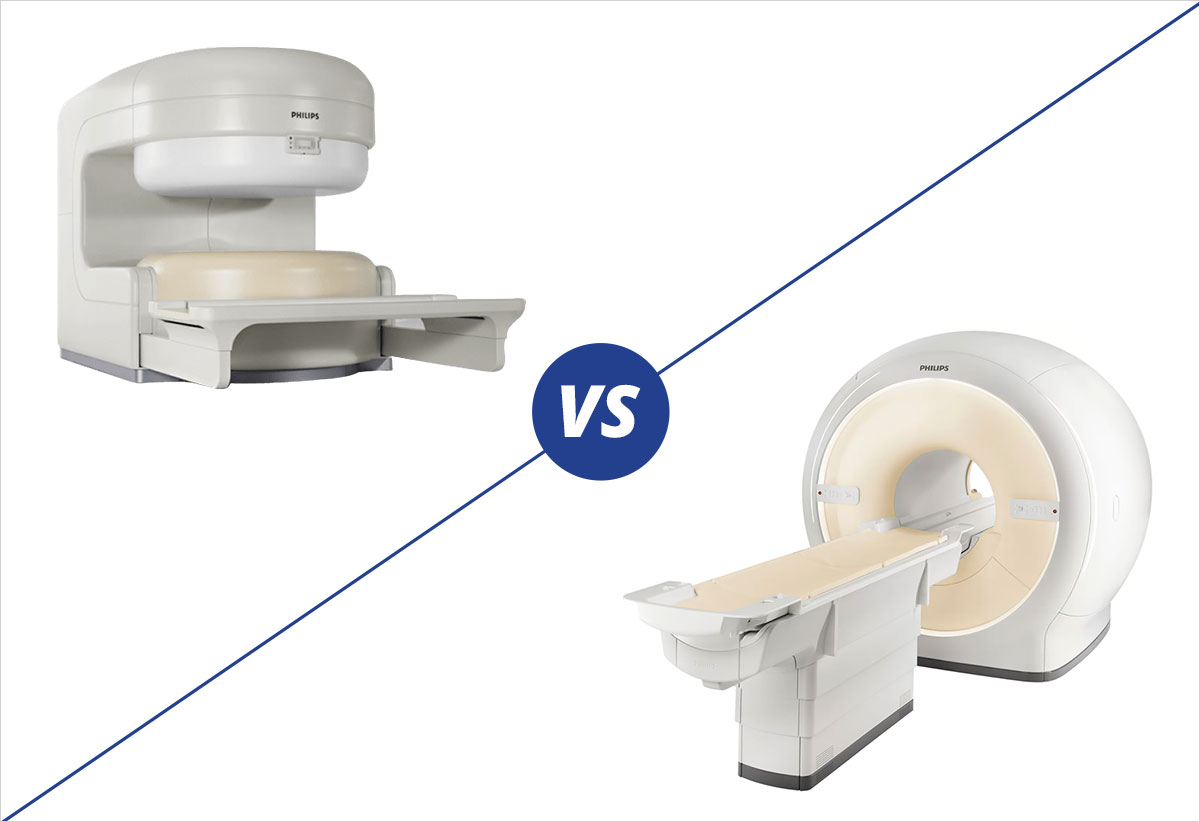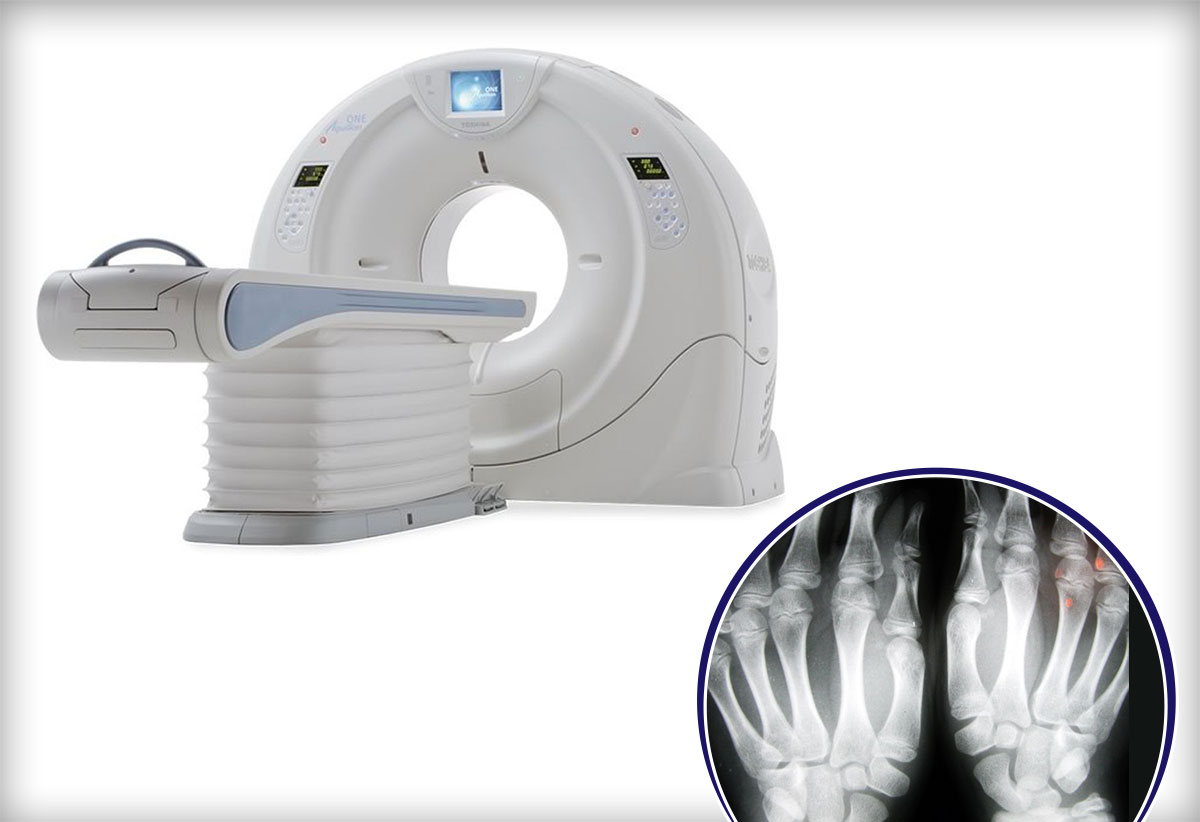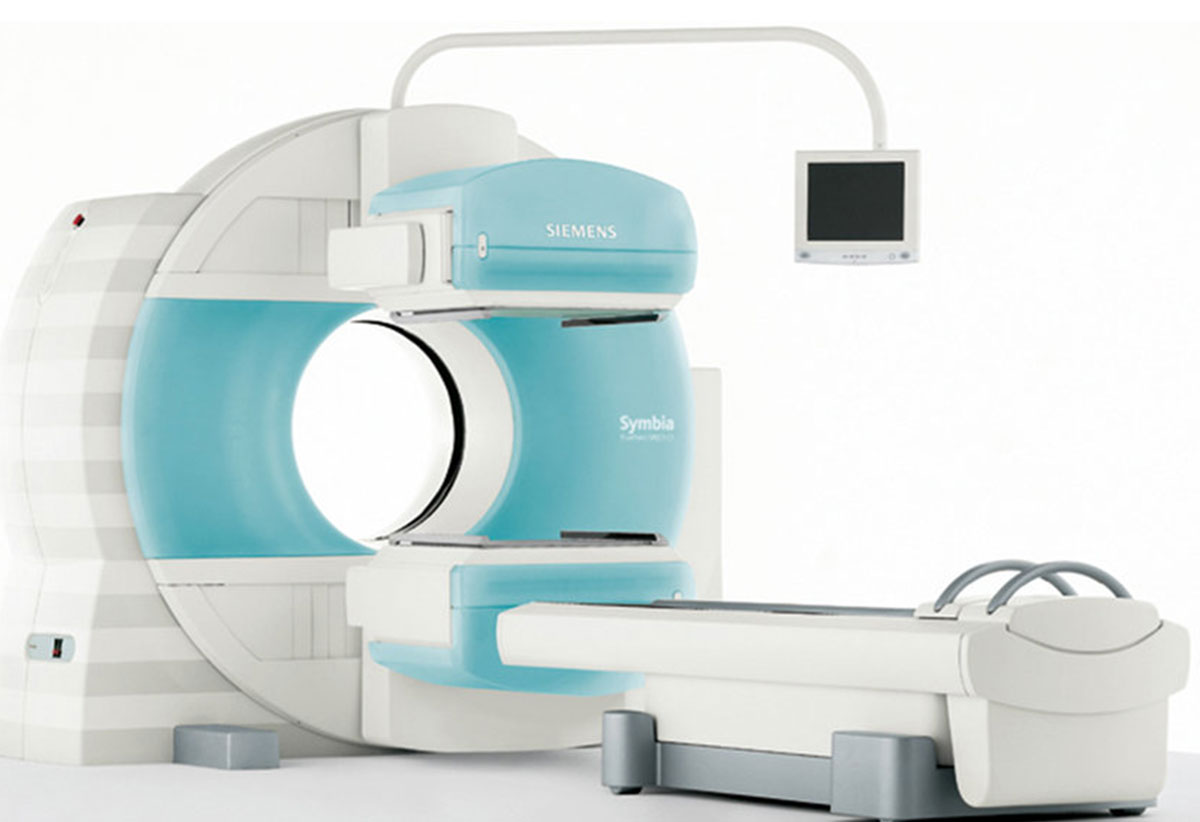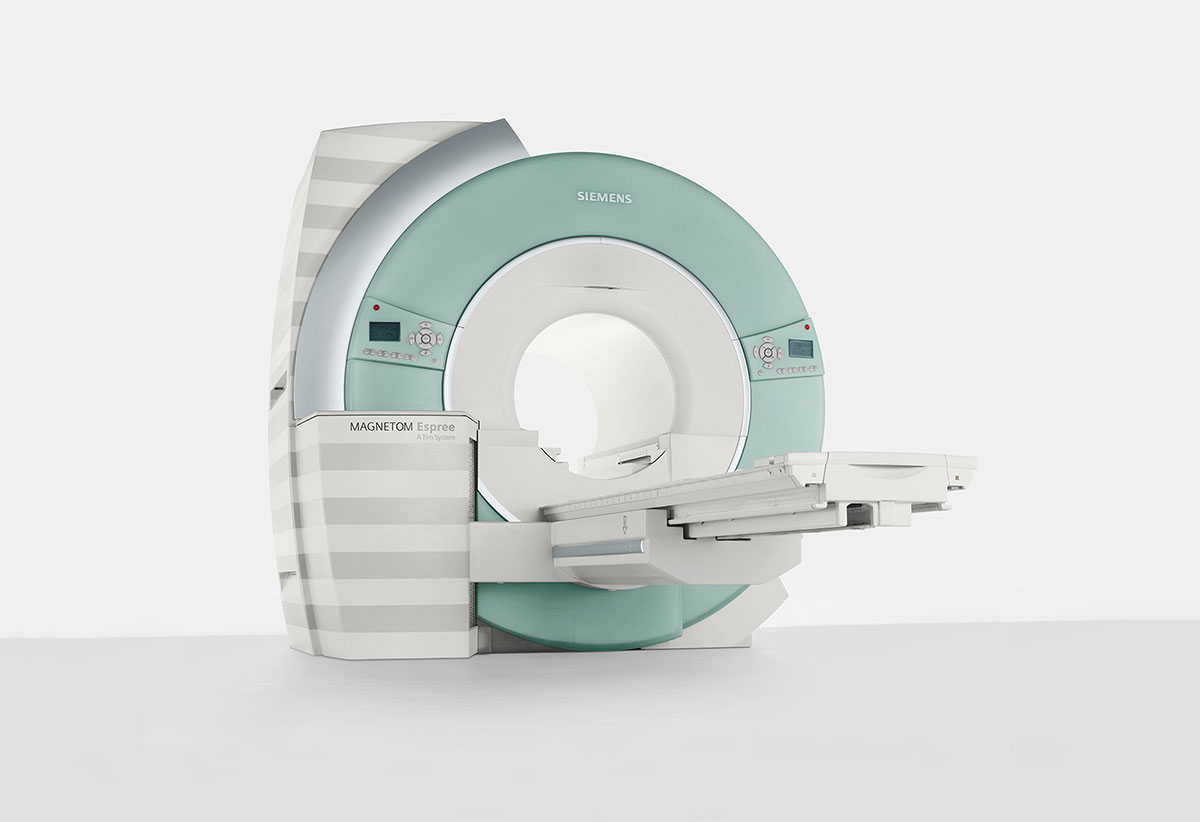Which One You Choose Open MRI Scanner vs. Closed MRI Scanner

All MRI systems are utilized for the same reason and it is for a radiation-free test for taking detailed images of a person’s internal organs and all structures. Those persons who are in this medical filed should consider the fact that there are two different types of MRI which could offer more benefits to patients in many ways.
Below are presented a few differences between closed and open MRI’s systems:
- Technical differences and magnet strength: To make things clear here is a short explanation of the terms “open” and “close” MRI. The main feature is in the shape of the magnets which are used in the MRI scanners. A closed MRI has a capsule-like design and in this system, the magnet surrounds the person. Contrary to this method, an open MRI has a magnet top and bottom that allows for an opening on the sides. It is good to know that an MRI device is measured in Tesla units. There are tests which need a stronger signal to detect if there is an issue with some internal organ. The power of a closed MRI unite may vary from 35 to 15 Tesla and it offers a high level of power. An open MRI device offers 2 to 3 Tesla which scans between two large metal discs.
- Patient experience and comfort: According to many studies, an open MRU can decrease the risk of panic attacks and claustrophobia among many persons. There are patients for whom this is the only option but for many, a closed MRI can also offer a great experience and resul Another feature which is addressed to the patient is their size. Overweight patients may not fit properly in a closed MRI device. The main advantage to a closed MRI is the speed of the imaging process. In general, the process is performed faster and at the same time, allowing the patient to be done and on with their day faster.
- The accuracy of the imaging process: Both systems designs can provide great resul According to the design, there are cases in which an open MRI is not able to take photos of certain areas of the body. And again, the photos which are taken may not be of the lesser quality of that of a closed MRI. Because of this reason, certain scans it is better to be taken with a closed MRI.
- Closed MRI: This is a great device for all patients who are not claustrophobic and have not a problem to withstand a long time within the MRI machine. Even though this device offers clear and accurate information it is not suitable for every person.
- Open MRI: This system is good as the closed system, but it is more convenient for a lot of patients. According to the name of the machine. An open MRI is an open device which doesn’t utilize the tube-like design. This type of system is more suitable for claustrophobic and for geriatric patients, senior citizens, and children. Studies have shown that the open MRI system is much better than the closed MRI system. It is good to keep in mind that these devices are not limited by the size of the patient and they also provide more unity to the common people.
How do people choose which system is better for them?
The final decision on what type of MRI is going to be used depends on what the patient prefers. It is a question that cannot be easily answered. As mentioned above, there are plenty of factors that play a significant role in the final decision. The patient should consult his doctor about what system would be the best and will also produce high-quality images for the patient’s needs. If a patient tends to get more nervous in small spaces, then the open MRI is the best choice for such a patient. If the patient is a child or a larger person, it is possible that the closed MRI device can cause stress and it would for sure make the scan last longer than usual.
Keep in mind that MRI systems are safe and effective test which can be used for saving people’s life. If the doctor refers the patient to an MRI scan, he should explain to the patient which type is better for each one. Every recommendation is individual and is costumed for each person and finally, it will vary depending on the patient’s preferences and needs.
It is very important to realize that MRI system imaging offers a unique view into the interior of the patient’s body and has become an essential device of the modern medical imaging and disease diagnosis. However, MRI gives the opportunity to obtain important diagnostic images which can lead to an early detection of some serious disease.





